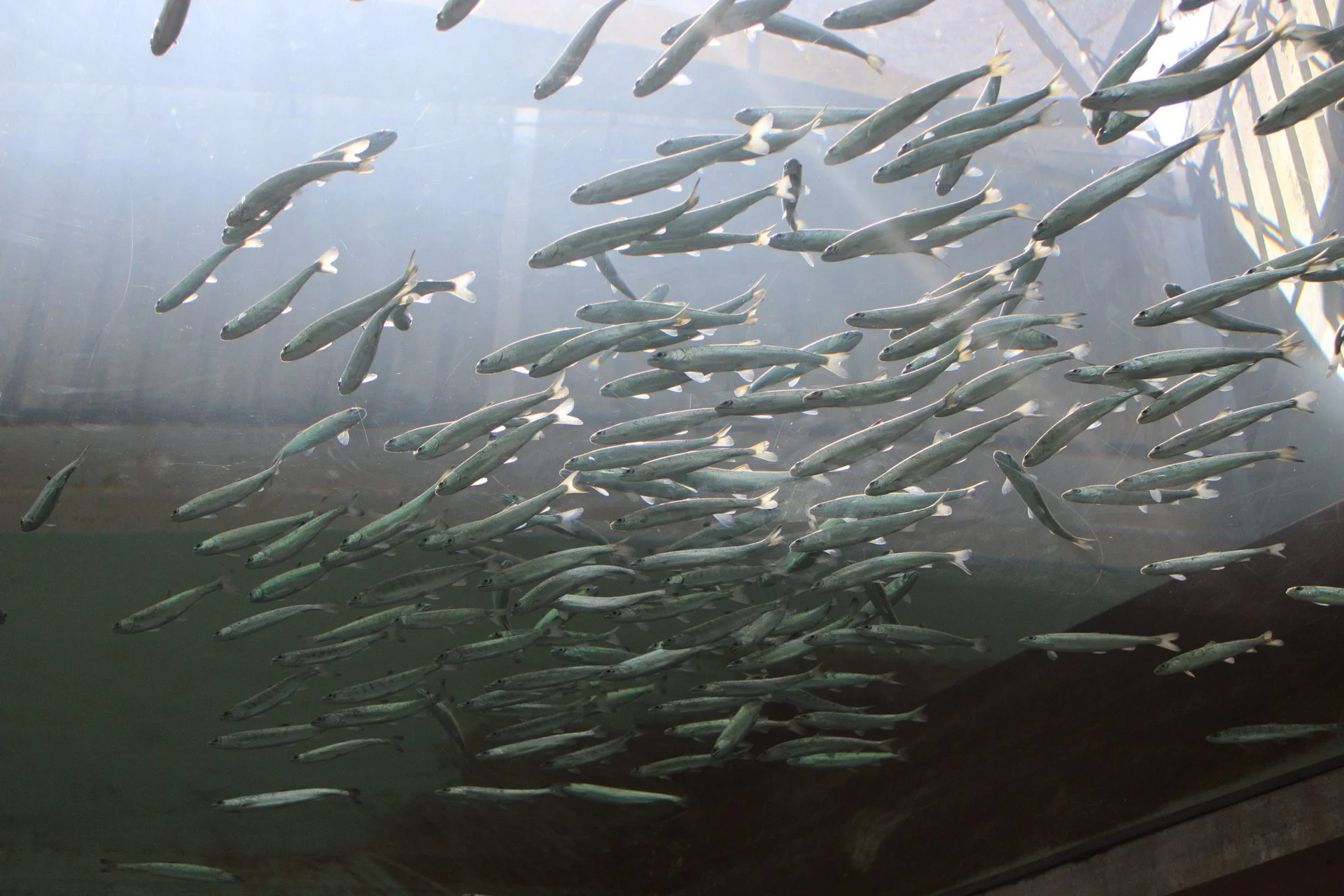
Marine Conservation as a Soft-Power Strategic Asset to Counter China
While the Trump administration’s national security strategy remains a work in progress, interim guidance issued by Secretary of Defense Pete Hegseth prioritizes China as the sole pacing threat. Yet, the threat China poses involves more than its military. Its diplomatic and economic coercion are evident in every region, as are its offensive cyber operations and attacks on undersea infrastructure.

Make America Safe Again by Passing the Weather Act
During President Trump’s first term, one of his earliest official actions was to sign the Weather Research and Forecasting Innovation Act of 2017. Now, nearly a decade later, the U.S. weather industry has grown exponentially and embraced the full power of artificial intelligence, the proliferation of space-based weather sensors, and advances in all-domain autonomous systems for data collection. These 21st century technologies have elevated forecasting accuracies like never before, and now President Trump can build on these successes by urging the reintroduction of the Weather Act in the 119th Congress and passing it though both chambers.
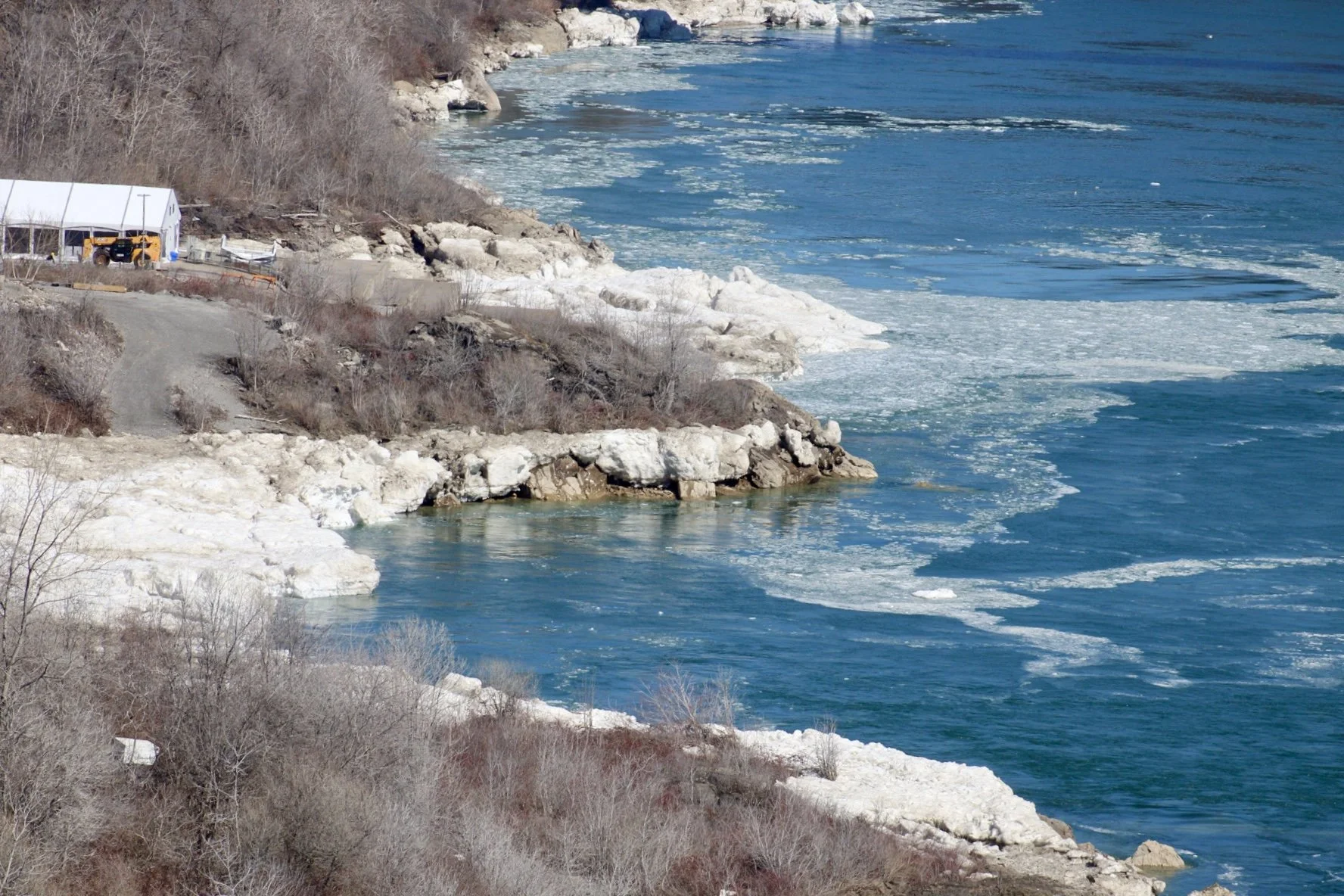
Subsea Megatrends for 2025 and Beyond
The maritime, subsea, and offshore energy sectors are evolving at breakneck speed, driven by emerging technologies and shifting global priorities. Rear Admiral (ret.) Tim Gallaudet, oceanographer, former NOAA administrator, and veteran Navy leader, joined Marine Technology TV to discuss the megatrends shaping subsea technology in 2025 and beyond. From artificial intelligence to autonomous systems and sustainability, Gallaudet shared his expert perspective on the opportunities and challenges facing the industry.

Ocean Intelligence: A Decisive Factor for Defending Taiwan
Earlier this year, the trailer for a government-backed Taiwanese TV show depicting a Chinese invasion sparked worldwide attention. The ten-part series Zero Day opens by identifying China’s two primary considerations to move on the island nation. The first involves a political power vacuum following an election loss by an incumbent U.S. President. The second is a geophysical consideration and might surprise the average American as being important enough to include in the introduction—the suitability of the ocean currents in the Taiwan Strait for a People’s Liberation Army (PLA) landing.

Fish Wars: How to Prevent Conflict Over an Increasingly Scarce Resource
Disputes over fisheries have the potential to turn into larger conflicts and to exacerbate existing ones, just as disputes over oil, water, and grain have done in the past. Fisheries are finite natural resources that provide sustenance to billions of people; its products are among the world’s most highly traded food commodities. It is not hard to imagine how, in this context, a fish-related fight could spiral.
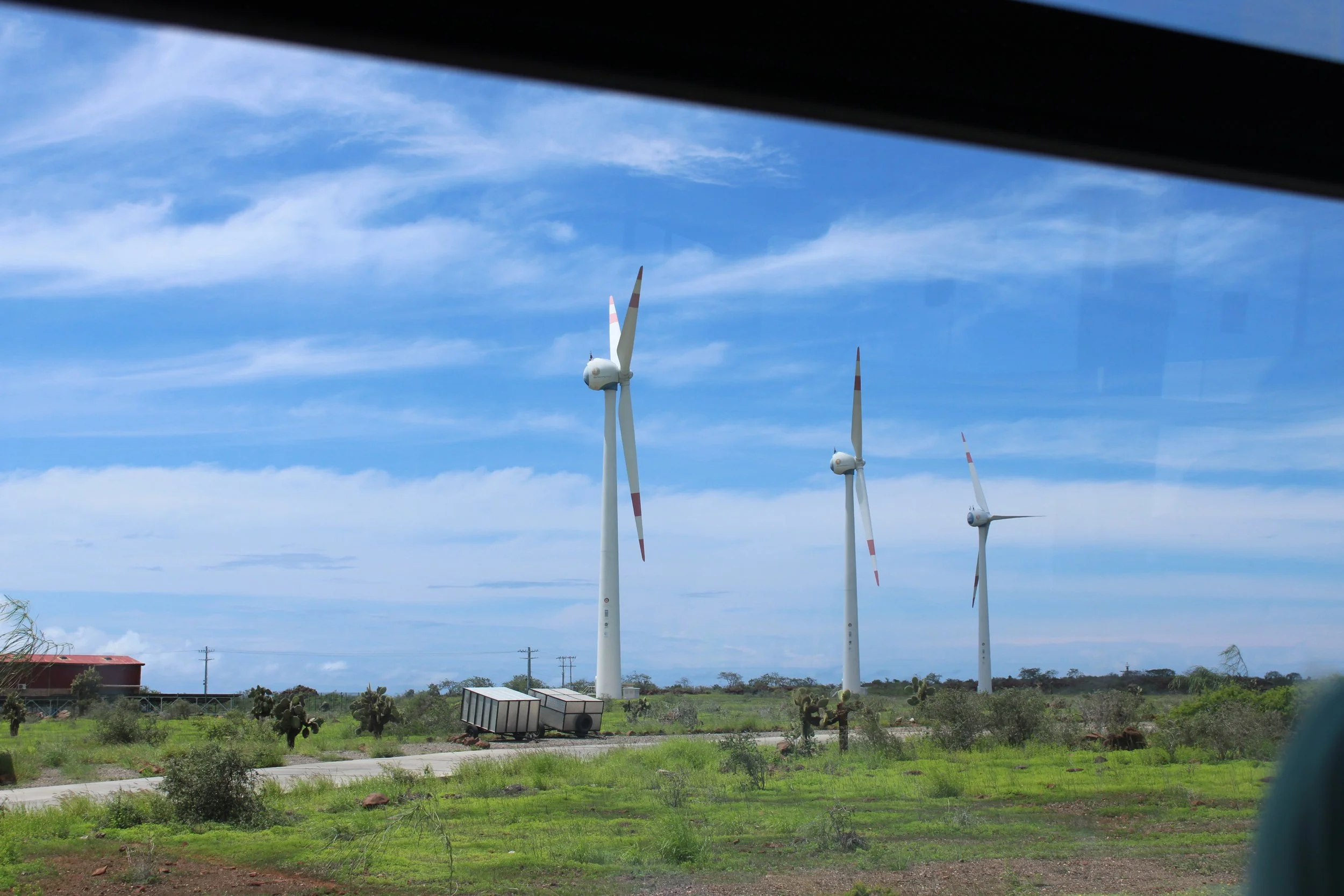
China’s Hypocritical Environmental Claims in the South China Sea
In the latest round of confrontation between the People’s Republic of China (PRC) and the Philippines over Second Thomas Shoal in the South China Sea, Beijing has gone so far as to accuse Manila of damaging the coral reef ecosystem at the location. The U.S. should join the Philippines in condemning Beijing’s sanctimonious statement, but also bring attention to China’s wide-ranging record of other environmental abuses, a tally of which is troubling:

Biden’s Handwringing Over the Houthis is Going to Get U.S. Navy Sailors Killed
This week marks the eighth month of the U.S. Navy’s combat operations against Houthi forces in Yemen. That’s four times longer than the first Gulf War. Why is the world’s strongest Navy being put in the position of a pincushion? The sad fact is that the service’s hands are tied by a White House too fearful to eliminate the threat in Yemen.
Involving More Veterans in Marine Conservation Can Restore Our Ocean — and Them
This World Ocean Day, conservation groups, scientists and average citizens across the globe will take part in activities to focus attention on the many threats to the marine environment. As with our ocean, there is another at-risk resource that requires our attention. America’s military Veteran community is suffering from high suicide rates and other mental health challenges caused by post-traumatic stress disorder (PTSD). Here, Gallaudet discusses how these two issues can be fought in tandem, citing successful examples such as nonprofit Force Blue.
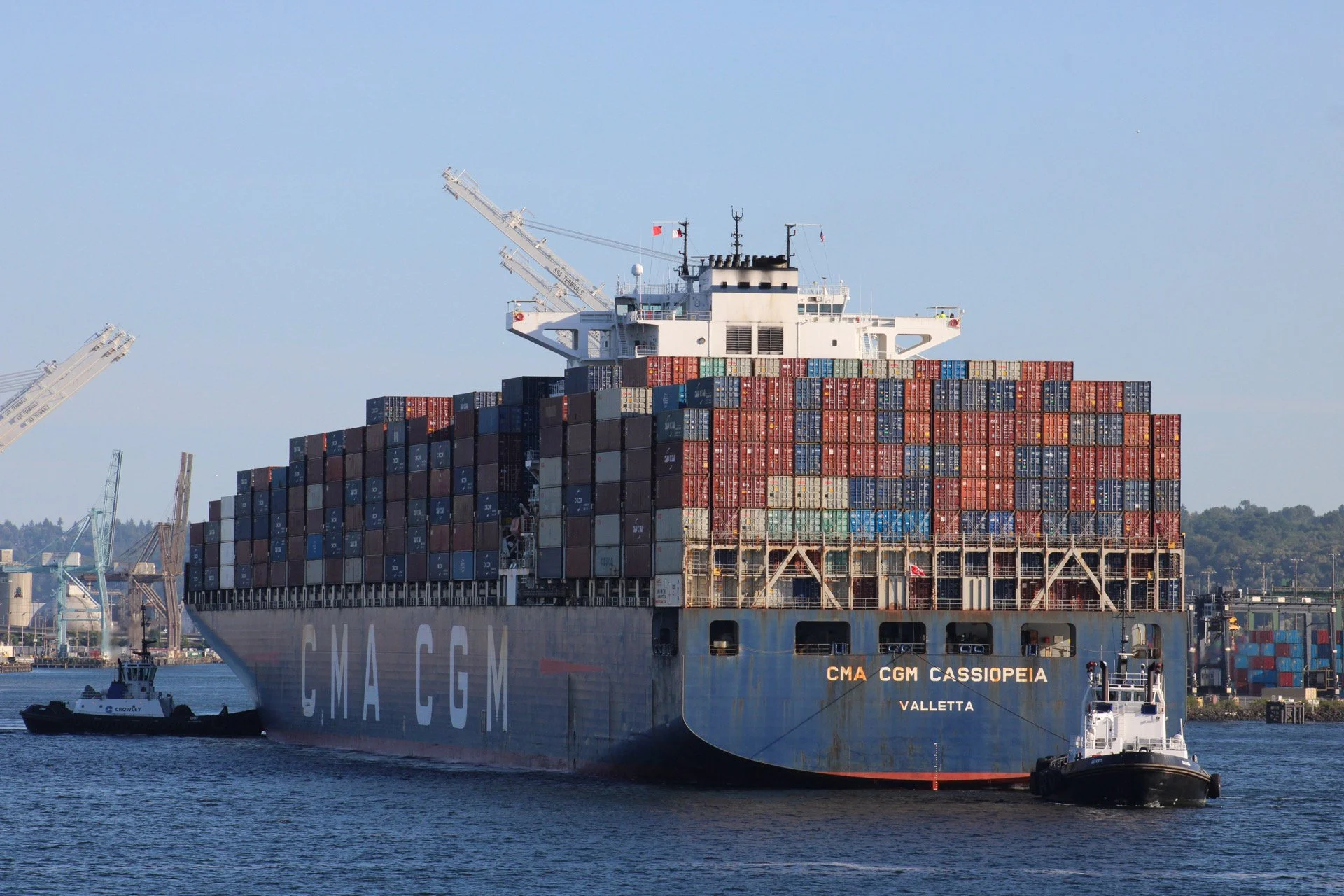
The failed Gaza pier proves our military isn’t prepared for extreme weather
The U.S. Army’s recent difficulties in utilizing its $320 million floating pier to deliver humanitarian aid into Gaza is a warning that the Department of Defense is failing to adequately prepare for and deal with weather-related hazards. If America’s military is succumbing to the environment during these training and operational events, what will happen if it is called upon to defend Taiwan against an attack by China?
As we honor our fallen this Memorial Day, is the next generation ready to serve?
A recent study from the Pentagon showed that 77 percent of young Americans would not qualify for military service without a waiver due to being overweight, having a criminal record or suffering from mental and physical health problems. This does not have to be our destiny. Adults across the country can do more to prepare and inspire our youth for service, and here Gallaudet discusses how this can be done.
A Call for All Americans To Help Stop Veteran Suicides
Later this month will mark a year from a day that shocked the Veteran community. On March 27, 2023, I along with many Americans were saddened to learn of the unfortunate passing of Navy SEAL Veteran Douglas “Mike” Day. In communicating our shared grief over this soul taken too soon, we have realized that more can be done to combat the crisis of Veteran suicides, and every American can play a part.

Ocean Drones: A Revolution in Marine Robotics
The first uncrewed surface vessels (USVs) were used in the 1920s as remote-controlled target craft, while the first autonomous underwater vehicle (AUV) was created in 1957 to perform research in the Arctic for the University of Washington. Since then, the ocean science community—often in partnership with government agencies such as the National Oceanic and Atmospheric Administration (NOAA) and the Office of Naval Research (ONR)—has been at the leading edge of developments in ocean drones.
![PODCAST: “All in the [Gallaudet] Family” - RDML Tim Gallaudet, USN (ret.) is interviewed by daughter Laurel Gallaudet, M.A.](https://images.squarespace-cdn.com/content/v1/6061e55fe7e2ed1690d39a64/1720205732970-QAY6Y3EAARJNOTCJ3AWY/012.jpg)
PODCAST: “All in the [Gallaudet] Family” - RDML Tim Gallaudet, USN (ret.) is interviewed by daughter Laurel Gallaudet, M.A.
RDML Tim Gallaudet, Ph.D., USN (ret.) is interviewed by ocean technology and marine science enthusiast communicator daughter Laurel Gallaudet about some of the forefront topics in the marine technology world today, and what it takes to get into the industry.
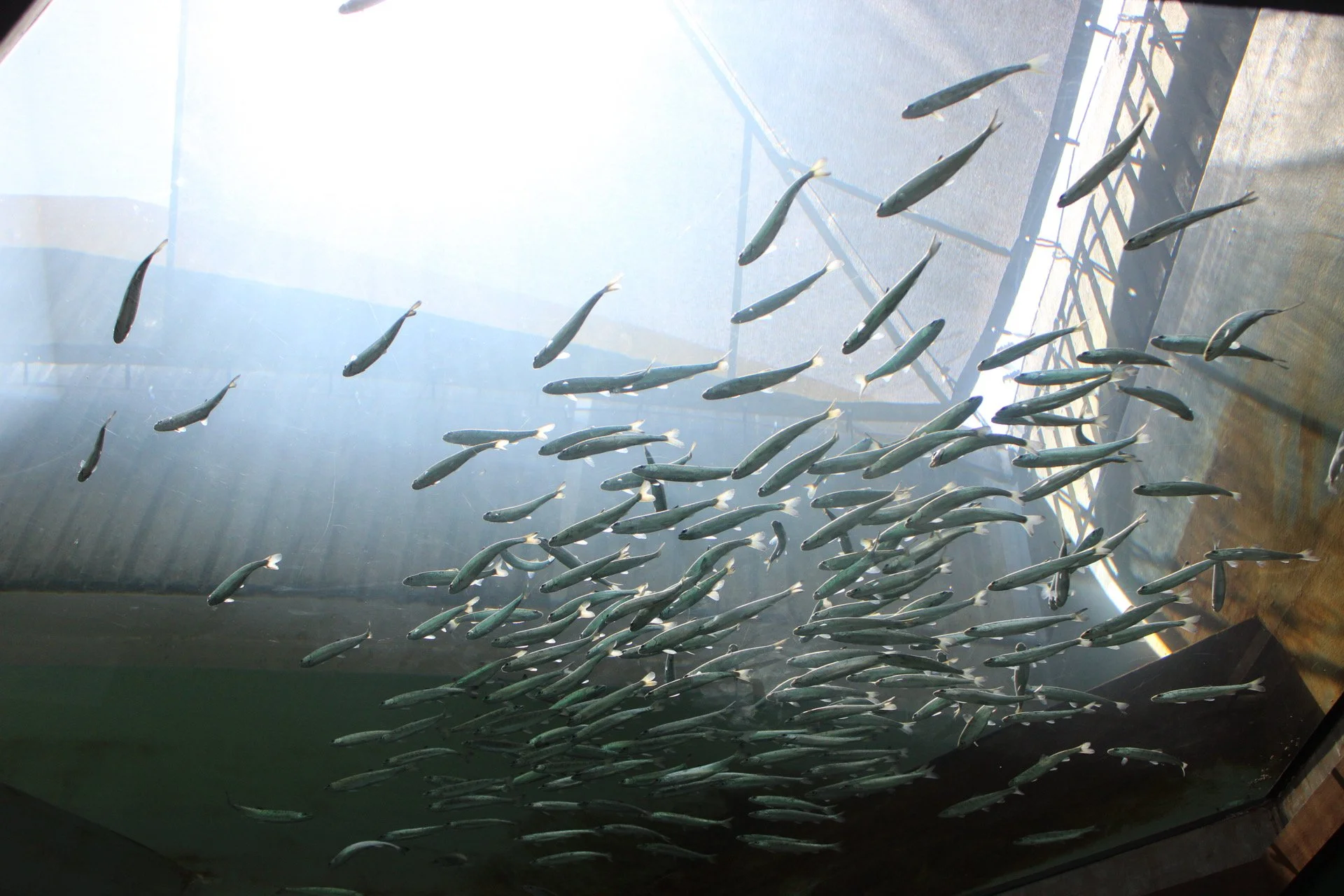
Save the Right Whales With Technology, Not Regulation
This past week, Federal authorities announced that the second critically endangered North Atlantic right whale found dead in the last month showed injuries caused by a collision with a ship. As Representative Garret Graves said, “We can do better ... technologies exist today where we can do real-time monitoring.”

The Ocean Robot Revolution: Reviewing The Latest In Marine Autonomy Tech
Modern-day ocean technologies are constantly advancing. The current market is filled with vehicles for every depth, ocean condition, and application, offering varying specifications and customizations for any user’s need. Here, we’ll take a quick look at a few of the most recently developed options made by some of the top companies producing this cutting edge tech.

PODCAST: SF Strikes into Afghanistan on USS Kitty Hawk - U.S. Navy Veteran
RDML Tim Gallaudet (USN ret.) features on the Military Veterans Podcast. He discusses joining the U.S Navy and moving towards being stationed on a Hydrographic Survey Vessel - the USNS Harkness. He also served at Naval Station Rota in Spain, as well as USS Peleliu and USS Kitty Hawk. USS Kitty Hawk deployment saw him be part of a team that conducted some of the first strikes into Afghanistan after the 9/11 attacks.

Biden’s environmental agenda is meaningless if he doesn’t push China to change, too
China appears determined to reinforce its role as the world’s top emitter of greenhouse gasses, setting a record peak this year, falsely reporting its actual emissions, and building six times as many coal plants last year as the rest of the world combined. For an administration that claims to have the most ambitious climate and environmental agenda in history, failing to hold such a bad actor accountable is both hypocritical and harmful.
The Navy’s Misplaced Prioritization of Climate Ahead of China
Last week Secretary of the Navy Carlos Del Toro released his updated strategic guidance on the long-term modernization of Navy. Nowhere in the guidance is there a direct mention of China and our urgent need to outcompete that country in the race for maritime superiority. The Navy’s climate approach should focus on adaption to the impacts of climate change in ways that make it more effective in modern warfighting.

A national marine moonshot to combat the collapse of our coral reefs
The health of American coral reefs has been at the forefront of national news this summer due to the impacts of a record-setting marine heatwave off Florida. Despite dedicated efforts, much more needs to be done. NOAA needs to massively scale up the funding and level of effort on the order of NASA’s Artemis mission to the moon.
The Air Force Needs to Rework Its Climate Campaign Plan with a Weather Eye
The dual threats of Russia’s invasion in Ukraine and China’s increasing provocations towards Taiwan have created a dire global security environment. The Air Force needs to revamp its climate campaign towards one more climate-centric and updated.
